Story Of Premium Ceylon Tea
Ahmad Tea Company
Story of Ceylon tea
Strange as it may seem, the story of Ceylon Tea begins with coffee. The first tea bushes of commercial quantity were planted in Sri Lanka by James Taylor, at Loolecondera Estate in Lower Hewaheta in the Kandy district, in 1867. Since then, following the coffee blight in the mid-1800s, all of the coffee which was replaced with tea.
Taylor then set up the first tea “factory” on the island. It was in fact a rather rudimentary setup. The factory soon became famous throughout the island. In 1872, Taylor invented a machine for rolling leaves, and one year later sent twenty-three pounds of tea to Mincing Lane. Taylor trained a number of assistants, and from that point on Ceylon tea arrived regularly in London and Melbourne. Its success led to the opening of an auction market in Colombo in 1883, and to the founding of a Colombo tea dealers’ association in 1894.
Tea Growing Elevations in Sri Lanka.
High grown Tea hails from the centre of the country’s hills, at an elevation of over 6000ft above sea level and is commonly grown in the districts of ‘Nuwara Eliya’, ‘Dimbula’ and ‘Uda Pussallawa’. Given the high elevation at which it is picked, the tea is bright in colour and greater in flavor and freshness, and thus is the most sought after.
Mid grown tea is produced at an altitude of 2000 to 4000 ft. above sea level, and is commonly found in the ‘Central’ and ‘Uva’ provinces of the country. The teas of the Central province come from estates in the ‘Kandy’ region and are particularly flavoursome; though, as with all teas, their strength is inversely proportional to the elevation at which they are grown.
Produced relatively near the coast in the ‘Sabaragamuwa’ and ‘Southern’ regions of Sri Lanka at an altitude of 2000ft; low-grown tea is characterized by the very long leaves which turn intensely black when withered.
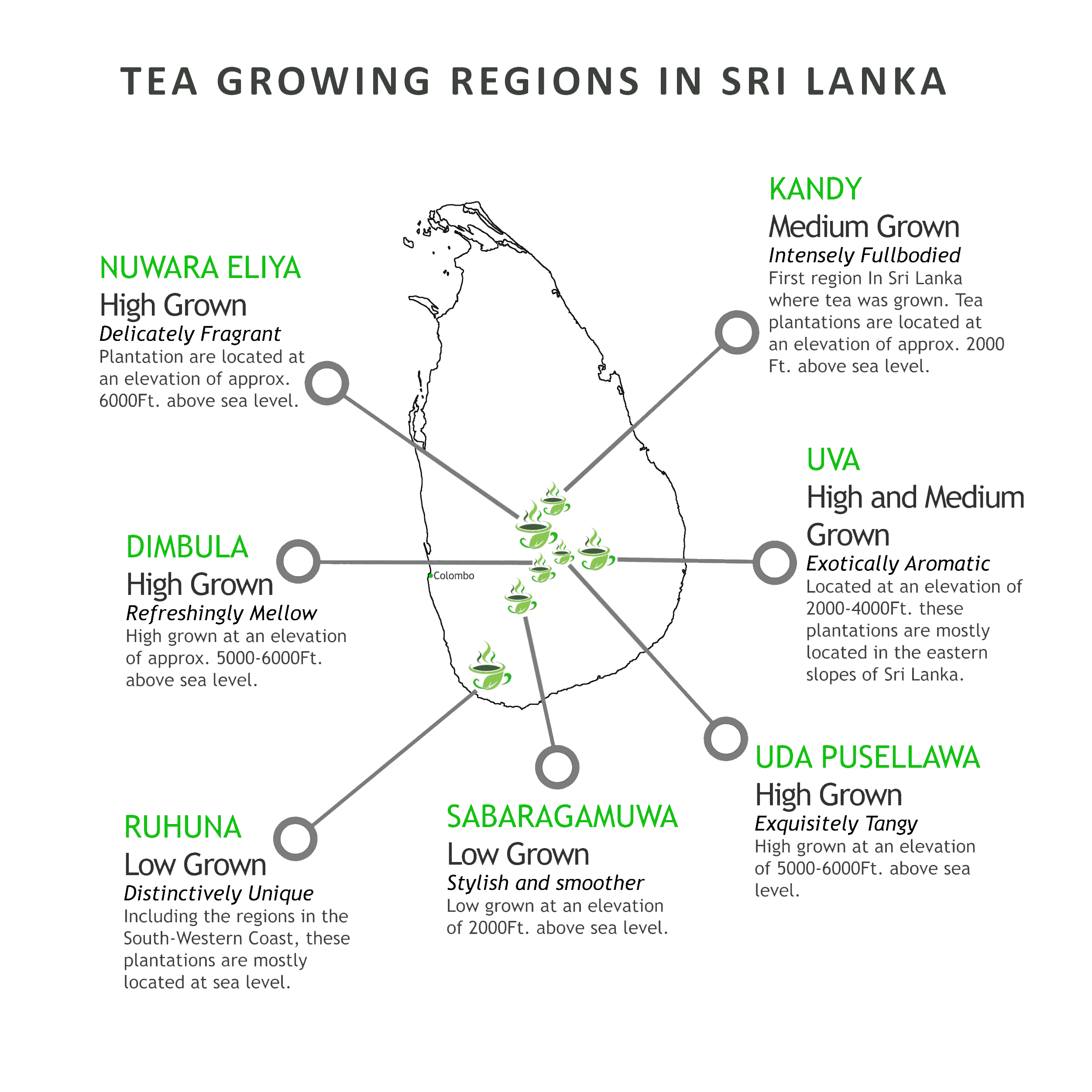
Kandy
In the Kandy district, where the industry began in 1867, the teas produced are described as “mid-grown”as cultivation does not exceed 1,300 m. They range in flavour depending on the altitude and whether the plantation is sheltered from monsoon winds. All are particularly flavoursome. Kandy teas produce a bright infusion with a coppery tone, and are strong and intensely full-bodied.
Nuwara Eliya
Nuwara Eliya, the best-known of Sri Lanka’s tea-growing districts, is the most mountainous, and has the highest average elevation. Combined with low temperature, this produces teas of exquisite bouquet. The infusion in the cup is the lightest (palest) of all the types of Ceylon Tea, with a golden hue and a delicately fragrant flavour. The whole-leaf Orange Pekoe (OP) and Broken Orange Pekoe (BOP) are the most sought after tea grades from the region.
Uda Pussallewa
The Uda Pussellawa district is situated close to Nuwara Eliya, so its tea is often compared to that of its neighbour. But it is darker in the cup, with a pinkish hue, of greater strength, and exquisitely tangy. Colder conditions at year end supposedly add a hint of rose to the bouquet of a tea known for its medium body and subtle character. Heavy rainfall, though, tends to produce tea that is even darker and stronger-flavoured.
Uva
The remote Uva district is exposed to the winds of both northeast and southwest monsoons, believed to endow the tea produced here with a special, unmistakable character and exotically aromatic flavour. It was with tea grown on his Uva estates that Thomas Lipton, the Victorian magnate, persuaded Americans to drink tea. The mellow, smooth taste of Uva tea, once experienced, is easily distinguished.
Dimbula
Between Nuwara Eliya and Horton Plains lies the district of Dimbula, whose teas are defined as “high grown” as all estates exceed an altitude of 1,250m (4000 Feet). The complex topography of the region produces a variety of microclimates, which produce differences in flavour – sometimes jasmine mixed with cypress. All, however, share the Dimbula character: a tea that produces a fine golden-orange hue in the cup, and which is refreshingly mellow.
Sabaragamuwa
Sabaragamuwa is Sri Lanka’s biggest district, the teas of which are low-grown as its estates range in elevation from sea level to 610m. Sabaragamuwa, sandwiched between Sinharaja in the south and Adam’s Peak wilderness in the north, produces a fast-growing bush with a long leaf. The liquor, too, is similar to that of Ruhuna teas, dark yellow-brown with a reddish tint. The aroma, however, is noticeably different from the Ruhuna products, with a hint of sweet caramel, not quite as strong: yet exceptionally stylish.
Ruhuna
The teas of the Ruhuna district are defined as “low-grown” as they are cultivated at an altitude not exceeding 600m comprising vast sub regions from coastal plains to Southern edge of Sinharaja Rain Forest. The soil, combined with the low elevation of the estates, causes the tea-bush to grow rapidly, producing a long, beautiful leaf. Full-flavoured black tea is a distinctively unique Ruhuna specialty. Ruhuna factories produce a wide variety of leaf styles and sizes, including prized “tips”.

